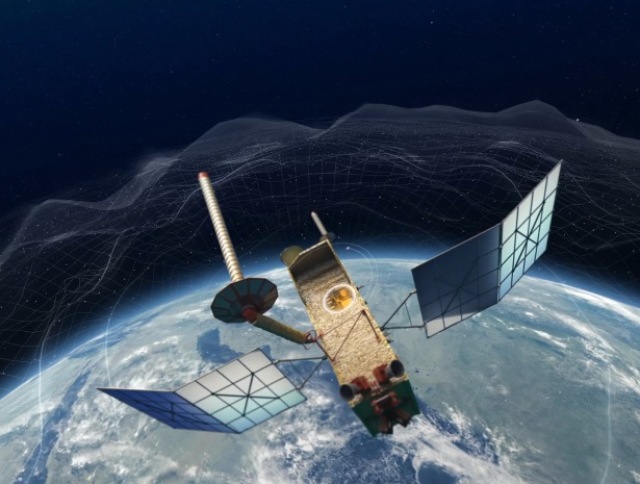The Russian Space Systems Holding (RKS, part of the Roscosmos State Corporation) has created and is already using the technology of virtual tests of rocket and space technology using digital twins and machine learning algorithms, the press service of the holding reported.
The technique makes it possible to determine at an early stage of design how loads affect the operability of equipment for satellites. Digital doubles increase reliability and quality, significantly reduce development and production time, and reduce cost.
A digital double is a virtual prototype of a real product, piece of equipment or equipment, that is, a synchronized array of useful information that repeats the functions and behavior of a physical object in virtual space. It exists and develops throughout the product lifecycle, collecting and processing incoming data and storing all previous history.
An important indicator of the quality of virtual modeling was the accuracy of the results obtained: they are evaluated by comparing them with the results of field tests. The methodology developed in the RCS based on machine learning algorithms, collects, accumulates and analyzes information using mathematical calculations and programming, as well as predicts the behavior of the products being developed.
"Virtual tests carried out at the stage of development of design documentation have become an important tool and source of engineering information that allow you to avoid serious mistakes during design. They help to reliably determine the physical stability of structures, as well as to assess the stresses that arise during the impact of mechanical loads. Design decisions are made based on the data obtained. In the future, virtual tests can completely replace certain types of full-scale mechanical tests," said Stanislav Yakhutin, deputy director of projects for the creation of command radio lines of the RKS.
Virtual tests are playing an increasingly important role in the stage of ground-based experimental testing to confirm the resistance of rocket and space technology products to mechanical influences. This technology minimizes errors in the design of spacecraft and significantly reduces the cost of projects. In the future, the technique will improve the characteristics of spacecraft, reduce the costs of production, operation and maintenance of rocket and space technology.

